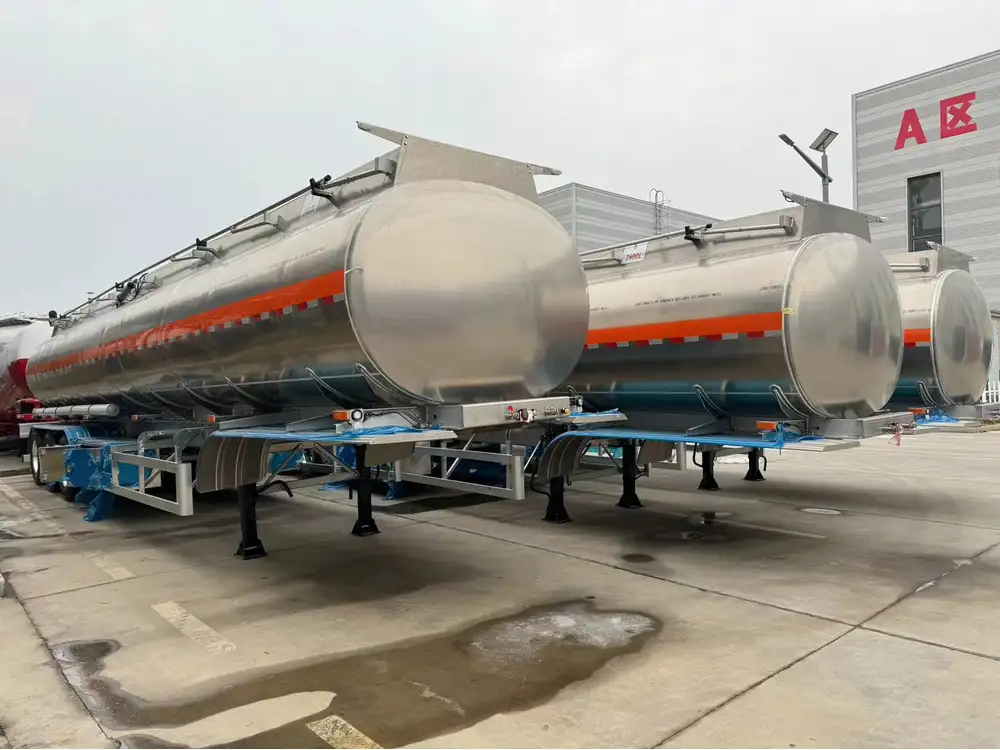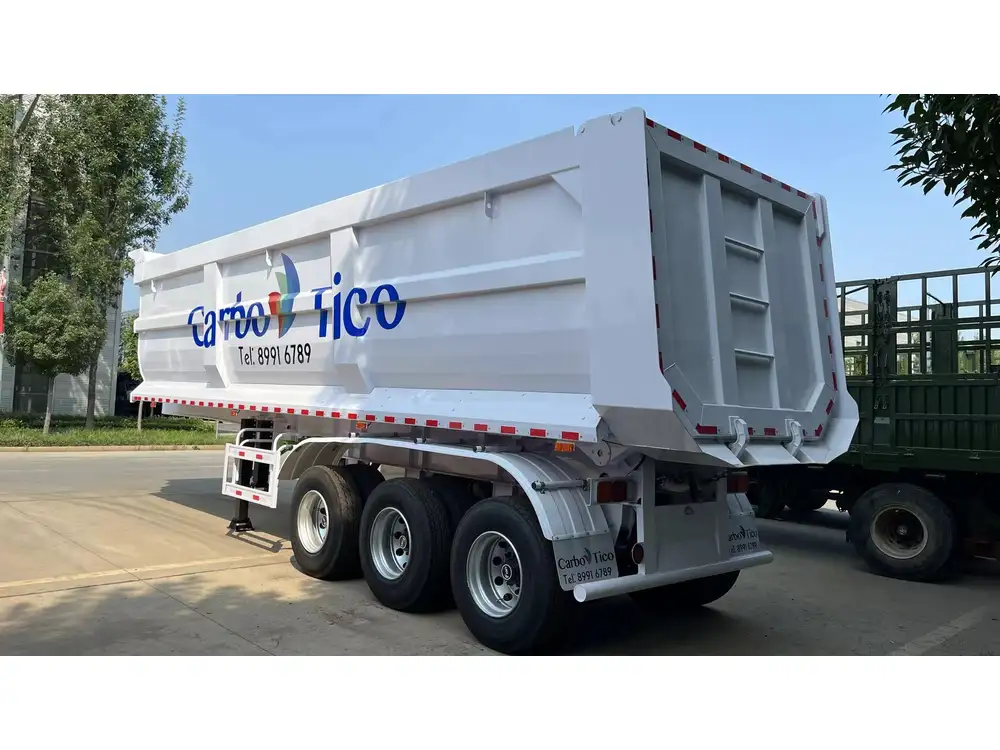In the world of logistics and transportation, semi-trailers are indispensable assets. As durable as they may be, wear and tear from heavy usage can result in structural damage that requires immediate attention. One of the most effective solutions for repairs is welding. However, understanding the costs associated with welding semi-trailers is essential for fleet managers and owners alike. In this article, we delve into the intricacies of these costs, factors that influence them, and how to make informed decisions.
Factors Influencing Welding Costs
1. Type of Damage
The extent and type of damage significantly influence the overall cost of welding. Here are a few common scenarios:
| Type of Damage | Description | Estimated Repair Cost |
|---|---|---|
| Minor Cracks | Surface-level cracks in the trailer frame. | $50 – $200 |
| Structural Damage | Deformation that compromises integrity. | $300 – $1,500 |
| Rust and Corrosion | Areas requiring cleanup and structural reinforcement. | $200 – $1,000 |
| Extensive Damage | Major replacements or complex repairs needed. | $1,500 – $5,000+ |

2. Material Used
The choice of material plays a crucial role in determining welding costs as different metals require varying welding techniques and expertise. Common materials for semi-trailers include:
- Aluminum: Lightweight and commonly used, welding aluminum can be more expensive due to its specific handling requirements.
- Steel: More cost-effective and easier to weld; however, it may require additional steps for corrosion treatment.
An essential consideration is whether the semi-trailer is made from high-strength carbon steel or stainless steel, with the latter often resulting in higher costs due to its demanding welding process.
3. Labor Costs
Labor costs vary widely depending on geographical location, the skill level of welders, and the complexity of the repair. The average hourly rate for skilled welders can decrease or increase the overall cost of welding repairs:
| Location | Average Hourly Rate |
|---|---|
| Rural Areas | $25 – $50 |
| Urban Areas | $50 – $100 |
| Specialized Welding Services | $100 – $150+ |
4. Equipment and Overhead
The overhead costs associated with running a welding shop can add to the expense. This includes equipment maintenance, utilities, and facility lease. More sophisticated equipment, such as robotic welding systems, can further drive costs up. Assess whether the shop you choose has:
- State-of-the-art welding machines
- Safety equipment
- Inspection tools

5. Repair Time
Welding repairs can take anywhere from a couple of hours to several days. Time-consuming repairs may mean higher costs due to labor hours, and time spent waiting for parts can create additional expenses if you factor in logistics for downtime.
Comparing DIY vs. Professional Welding Services
DIY Welding
For those with welding expertise, handling repairs in-house can save money. However, it comes with risks:
- Equipment Costs: Purchasing or renting welding equipment can be expensive.
- Safety Risks: Welding without proper protection can lead to injuries.
- Quality Assurance: Amateur repairs may not meet safety standards.

Professional Welding Services
Hiring professionals often incurs higher upfront costs but can provide substantial benefits:
- Expertise: Skilled welders have the training to perform high-quality repairs.
- Warranty and Guarantee: Many services offer warranties on their work, providing peace of mind.
- Compliance: Professionals are familiar with regulations and standards, ensuring repairs meet safety guidelines.
Cost-Saving Strategies
Regular Maintenance
Regular maintenance can prevent costly repairs down the line. Inspecting trailers routinely for signs of damage such as rust, cracks, or frame misalignment can keep costs low. Implementing a proactive maintenance schedule can help identify issues before they escalate.

Choose Economical Material Options
If it’s possible to choose more cost-effective materials for trailer construction or repair without compromising safety, it can lead to long-term savings.
Develop Relationships with Welding Shops
Building a rapport with local welding contractors can open doors for bulk discounts or loyalty programs, potentially lowering repair costs.
FAQs About Welding Semi-Trailers

What are the common signs that my semi-trailer needs welding?
- Visible cracks in the frame
- Signs of rust or corrosion
- Misalignment of trailer parts
- Unusual noises while pulling or loading
How long does a welding repair usually last?
The lifespan of a welding repair can vary depending on usage, the quality of the repair, and maintenance. Typically, a well-welded joint can last for years if properly maintained.
Is it worth it to repair a damaged semi-trailer or replace it?
This decision hinges on the extent of the damage and the costs involved. If repair costs approach or exceed the value of the semi-trailer, replacement may be the better option.

What regulations do I need to consider when performing welding repairs?
Ensure compliance with safety standards set out by OSHA and the Department of Transportation. It’s crucial to uphold safety protocols not just for the repair process but for the end product’s safety as well.
Conclusion
Understanding the costs associated with welding semi-trailers can make a significant difference in budgeting and maintaining your fleet efficiently. By examining the factors that influence welding costs, comparing options between DIY and professional services, and exploring cost-saving strategies, you are better equipped to make informed decisions. As a fleet owner or manager, investing time into understanding welding repairs can pay dividends, ensuring safety, reliability, and longevity of your semi-trailers. Keeping your fleet in top shape not only saves costs but, ultimately, enhances your business’s efficiency.



